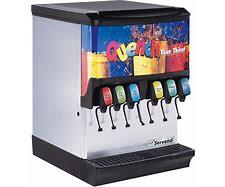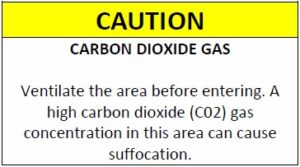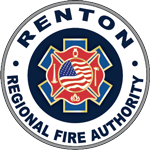CARBON DIOXIDE (CO2) SAFETY
The use of Carbon Dioxide (CO2) as an additive in beverages dates to 1767. In many drinking and drinking establishments, Carbon Dioxide has been added to flavored water on site, delivered from pressurized containers. For high-volume establishments, this has meant the carbon dioxide containers must be replaced frequently.
In response, industry has been providing containers of liquid Carbon Dioxide that provide more significantly more (CO2) in essentially the same size or smaller container. Instead of changing the containers daily, they can be changed out weekly or at even longer frequencies.
The 2015 International Fire Code contains new requirements when carbon dioxide systems using more than 100 lbs. of carbon dioxide are used in beverage dispensing. The following apply to both new and existing systems:
- An Operational Permit is required. These systems require a no fee permit.
- Pressure relief valves are required on insulated liquid CO2 systems.
- Storage tanks, cylinders, piping and fittings must be protected from damage by occupants or equipment.
- When systems (tanks, cylinders, piping and/or equipment) are located indoors, either:
- A. Mechanical Ventilation not less than 1 cfm/sf;
- Exhaust taken from a point within 12” of the floor;
- Ventilation designed to operate at a negative pressure in relation to the surrounding area; or
- A. Mechanical Ventilation not less than 1 cfm/sf;
-
- B. Emergency Alarm System
-
- Continuous gas detection to monitor areas where carbon dioxide can accumulate.
- Threshold for alarm activation not to exceed 5,000 parts per million.
- Activation of the alarm shall initiate a local alarm within the room or area where the system is installed.
-
- B. Emergency Alarm System
- A warning sign shall be posted at the entrance to the building, room, enclosure, or confined area where the container is located. The warning sign shall be at least 8 inches wide and 6 inches high and state the following:

CAUTION
CARBON DIOXIDE GAS
Ventilate the area before entering. A high carbon dioxide (CO2) gas concentration in the area can cause suffocation (example image below).
For Additional Information:
- International Fire Code (2015) Section 5307
- National Fire Protection Association
- Standard 55, Chapter 13
- Phoenix Fir Department Carbonated Beverage System web page
- Compressed Gas Association Safety Alert SA-22-2011



